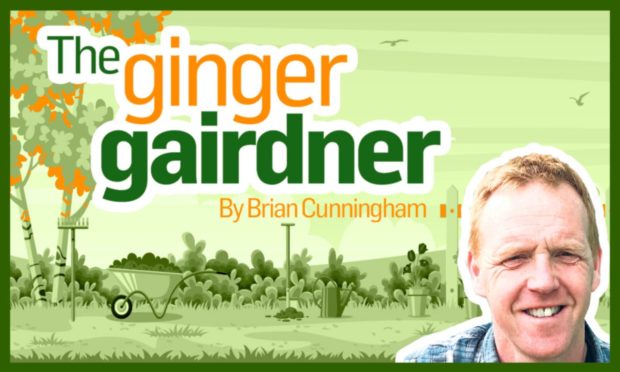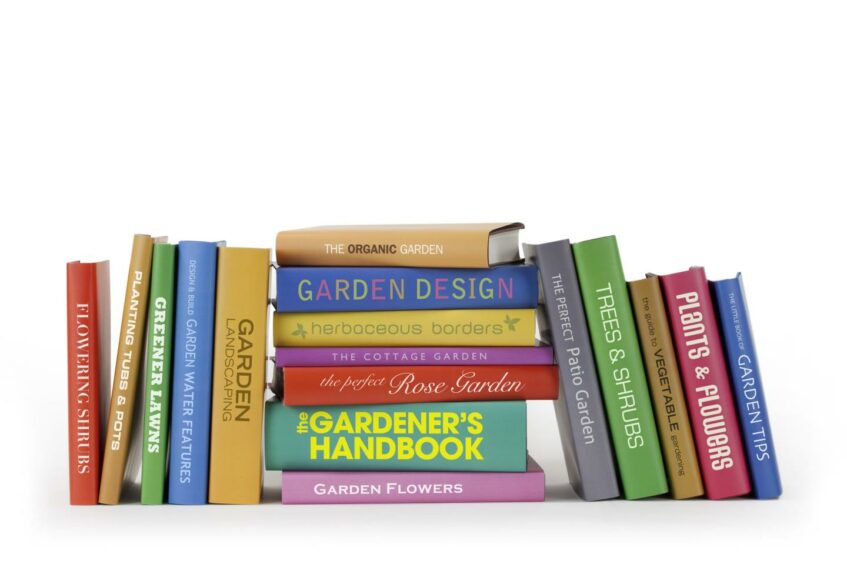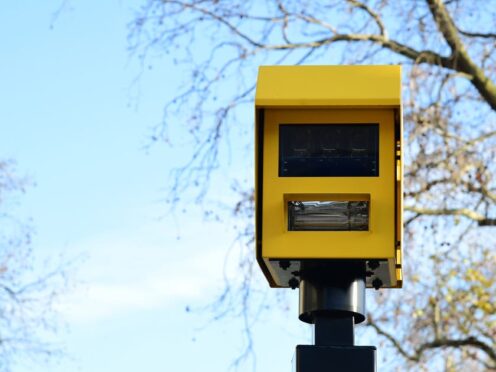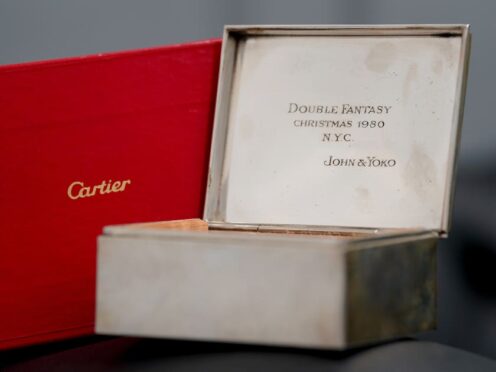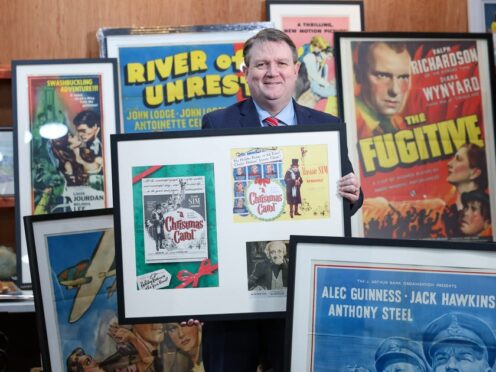I do love my wife. She’s such a wonderful human. Kind and caring she’s my best mate, a beautiful lady who’s given me the most wonderful family and is the best mum to our two kids and dog.
She looks after us all keeping us in order and to do so, truly has the patience of a saint.
I’m a very lucky man.
She has many wonderful qualities. However, you may be surprised to hear me say that she does have one flaw in her character.
She just can’t seem to understand why I need so many gardening books!
It drive me nuts having to constantly justify why I need to take up the whole book case for myself.
Treasured gardening books
I’ve got a feeling I could be opening a can of worms here with many relationships suffering something similar.
Thankfully our bond is strong and we haven’t needed to seek marriage counselling over this. Let me explain.
Last Thursday was World Book Day which allows me the perfect opportunity to share my passion with you and celebrate some of my favourite books from my wee collection of nearly 200 titles.
That figure may surprise you but I bet I’m a mere novice compared to some of my other compatriots around the country.
Firstly, we all need at least one, good, plant encyclopaedia. A reference book in which we can use to learn more about a plant that may have caught our eye at the garden centre or we need to identify already growing in our garden at home.
The first gardening book I received was a Christmas present from my folks, the Royal Horticultural Society Encyclopaedia of Plants and Flowers.
I remember thinking at the time that it must have contained a description of every plant growing in the world.
It is categorised into different plant groups such as roses, trees, conifers, shrubs from large to small, perennials and bulbs, so it made gardening exciting and so much more easier to understand.
The book that has everything
For a novice like me, this meant if I wanted to have a rock garden then there was a section with all all the plants suitable to make one.
I have a few RHS books at home, they are the horticultural masters after all, second to none on the information and guidance they give to help us garden successfully.
I have their book on Propagating Plants, another gift from my first head gardener when I moved on, and is one I still constantly refer to today.
It gives me the best techniques on how to increase my favourite plants.
If you’ve not got a clue how to carry out correct pruning on a plant, or would like to go all fancy by creating a topiary peacock in your front garden to wow the neighbours, then look no further than the RHS book on pruning and training plants.
If you take an interest in a specific group of plants then you’ll usually find one of the experts has written about them.
I’ve got wonderful, colourful books on Japanese Maples, Iris, Meconopsis and Trilliums which go into more detail, including valuable tips direct from the specialists.
It’s not just the plants themselves I love. I’m also fascinated by the stories behind them about which Toby Musgrave has written two of my favourite books.
The Plant Hunters gives shortened versions on the lives and travels of David Douglas, Ernest Wilson, Robert Fortune and Frank Kingdom-Ward, to name but a few, who introduced many of the plants from abroad that are familiar with us today.
Stories to inspire
The second of his books is a history of ‘The Head Gardeners’, the forgotten heroes of horticulture as he describes them.
I was fascinated reading of their achievements over the years. It furthered my resolve to one day hold this position somewhere myself.
And when I finally did, I just couldn’t put down Kate Colquhoun’s book on The Visionary Life of Joseph Paxton.
I may not have the funds he had at Chatsworth House during the 19th Century, when he created an enormous glasshouse with an underground railway to supply coal to the boilers. He also created a 90-metre high gravity-fed fountain.
The story of this great man has been an inspiration to me, and has fuelled my drive and ambition to make the gardens and grounds of Scone Palace one of the best.
Time to get growing…
Dundee has much to look forward to in the coming years with plans to build an Eden Project garden. I do hope residents and visitors alike also sample the horticultural marvels already there, by taking a trip to Baxter Park in the city to see an example of this great man’s work.
Well, it’s time I put some of my books to good use and get out to the garden and grow my wife the perfect bunch of her favourite flowers.
I think I’m going to need them, as all this chat on books is just encouraging me to go out and buy some more!
